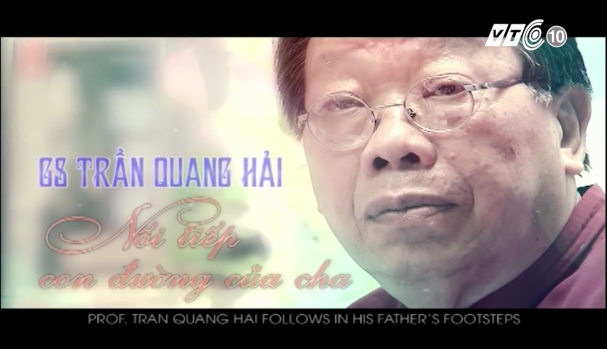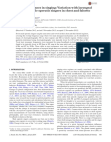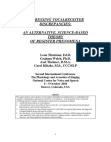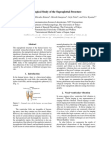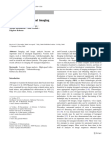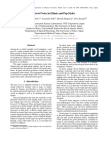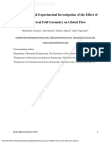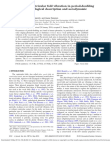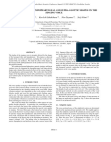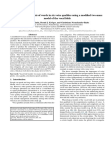Ken-Ichi Sakakibara∗1,
Hiroshi Imagawa∗2,
Tomoko Konishi, Kazumasa Kondo, Emi Zuiki Murano∗2,
Masanobu Kumada∗3,
and Seiji Niimi∗4
∗1 NTT Communication Science Laboratories, ∗2 The University of Tokyo, ∗3 National Rehabilitation Center for the Disabled, ∗4 International University of Health and Welfare

Introduction
Throat singing is a traditional singing style of people who live around the Altai mountains. Kh¨ o¨ omei in Tyva and Kh¨ o¨ omij in Mongolia are representative styles of throat singing. Throat singing is sometimes called biphonic singing, multiphonic singing, overtone singing, or harmonic singing because two or more distinct pitches (musical lines) are produced simultaneously in one tone. One is a low sustained fundamental pitch, called a drone, and the second one is a whistle-like harmonic that resonates high (in the range from 1 kHz to 3 kHz) above the drone. Many variations of singing styles in throat singing are classified according to singers and regions. However, it is possible to objectively classify these variations in the terms of a source-filter model in speech production. The laryngeal voices of throat singing can be classified into (i) a pressed voice and (ii) a kargyraa voice based on listener’s impression, acoustical characteristics, and the singer’s personal observation on voice production. The pressed voice is the basic laryngeal voice in throat singing and used as drone. The kargyraa voice is a very low pitched voice that ranges out of the modal register. The production of the high pitched overtone is mainly due to the pipe resonance of the cavity from the larynx to the point of articulation in the vocal tract [1]. In Tyvan kh¨ o¨ omei, sygit is a style where singers articulate by touching the tongue to the palate and kh¨ o¨ omei is one where they articulate by pursing the lips. We have also physiologically observed two different laryngeal voices and estimated the patterns of the vocal fold and false vocal fold vibrations [6]. We have simulated the vibration patterns by a physical modeling of the larynx: 2 × 2-mass model. Based on the physiological observations and the simulation, we propose a new laryngeal voice model and synthesis system for throat singing
